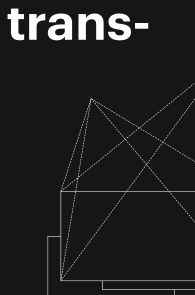open access
메뉴
open access
메뉴 ISSN : 2508-3309
ISSN : 2508-3309
Video was a cultural practice based on image. The audience longs to experience new things, not everyday things through by video images. There are many components of the image, but among them, color, a visual representation, plays a big role. Since the advent of color films, color has constantly evolved as an important component of visual art and has become an important role in innovative visual art design. According to film history data, filmmakers were interested in color since the film was created in 1895, but in the early stages of film development, film colors were only black and white. Because these two colors no longer satisfy viewers, more natural colors began to emerge from the film as it was colored. However, with the development of historical paintings, the lack of artistic creation and the public's level increased, making people more active in using colors because simple reproduction of natural colors alone does not satisfy people. The colors in the video are both techniques of expression and can be understood by mind and thought. It is also an indication that colors do not just exist, but they work strongly on human psychology. Now people are so motivated by repetitive and unimportant information that they find that the human intuitive system simplifies the information they receive unconsciously that they have certain customs and characteristics when they see things. Color is part of the film language, or color language can express the film's ideological themes or portray vivid characters in the film, and people are receiving more intuitive messages. This study analyzed the basic color components of bisexual lighting, namely, pink, blue, and purple, and analyzed how human psychology is affected through color, combining the scenes from the video. The purpose of this paper is to explore what color language bisexual lighting is expressed using color properties in images and how bisexual lighting interacts with human psychology through color.